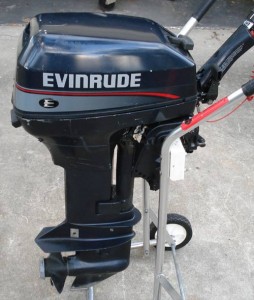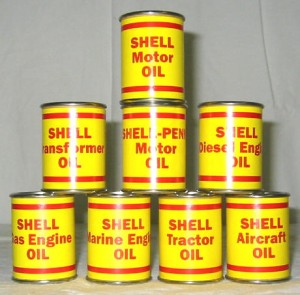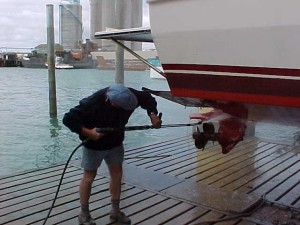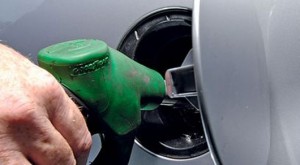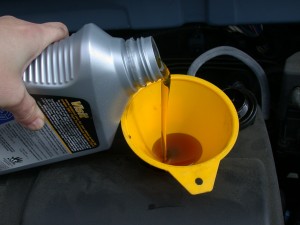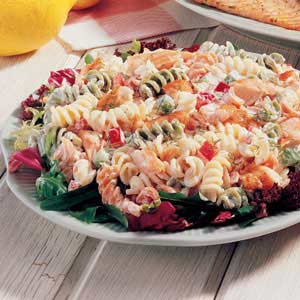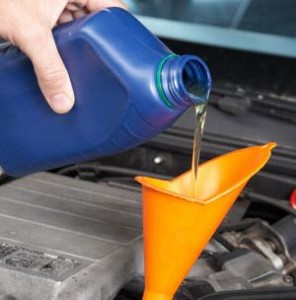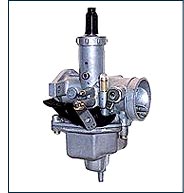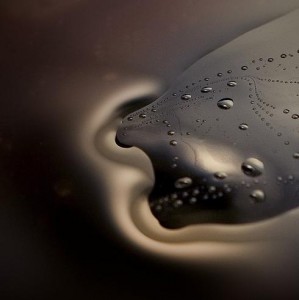Winterizing a Boat Part I
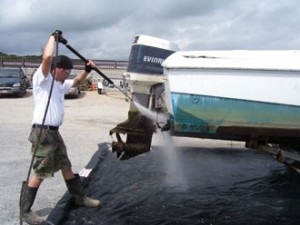 This past weekend I took the family out to the lake for the last time this summer. The kids are back in school and my wife and I have work, so their just won’t be as much time or good weather to take the boat out. This upcoming weekend I plan on winterizing the boat.
This past weekend I took the family out to the lake for the last time this summer. The kids are back in school and my wife and I have work, so their just won’t be as much time or good weather to take the boat out. This upcoming weekend I plan on winterizing the boat.
The first thing I’ll do is thoroughly wash and clean the entire boat. I’ll make sure to leave the storage bins open so they don’t collect moisture and mold over during the off-season. Once the boat is completely cleansed, I’ll make a list of repairs that need to be taken care of before the boat is taken out again next season. Tomorrow I’ll address what to do with outboard motor oil.


